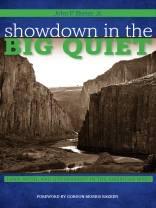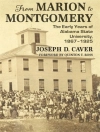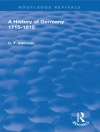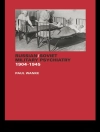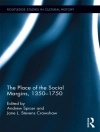Owyhee County, Idaho, also known as the “Big Quiet, ” is the largest and least inhabited area in the lower forty-eight states. Who has decided how to use it? From violent mine wars in the mid-nineteenth century to environmental conservation disputes at the end of the twentieth, people in the West have battled over the role of government and notions of American identity to answer this question. Winners ultimately controlled the perception of their battles, often shaping the contours of the next conflict.
Similarly, historians debated interpretations of the West. In the early twentieth century, Frederick Jackson Turner argued that interactions on the frontier formed American characteristics of rugged individualism, democracy, aggression, and innovation. The “New” Western historians of the late 1970s attempted to debunk this theory, revealing the racial and ethnic diversity of the West, reminding us of the role of the environment, and documenting how settlers and later corporations conquered land wrested away from Native Americans.
While “New” Western historians shot holes in Turner’s thesis, the myths of the Old West prevailed. People craved the identity offered in western themed novels, films, and tourism more than historical facts. Showdown in the Big Quiet demonstrates how the “Old West” speaks to the “New” and proves how the power of western mythology moved from background to central character.
Über den Autor
John Bieter is an associate professor of history and co-director of the Center for Basque Studies at Boise State University. He is the author of An Enduring Legacy: A History of the Basques in Idaho.
